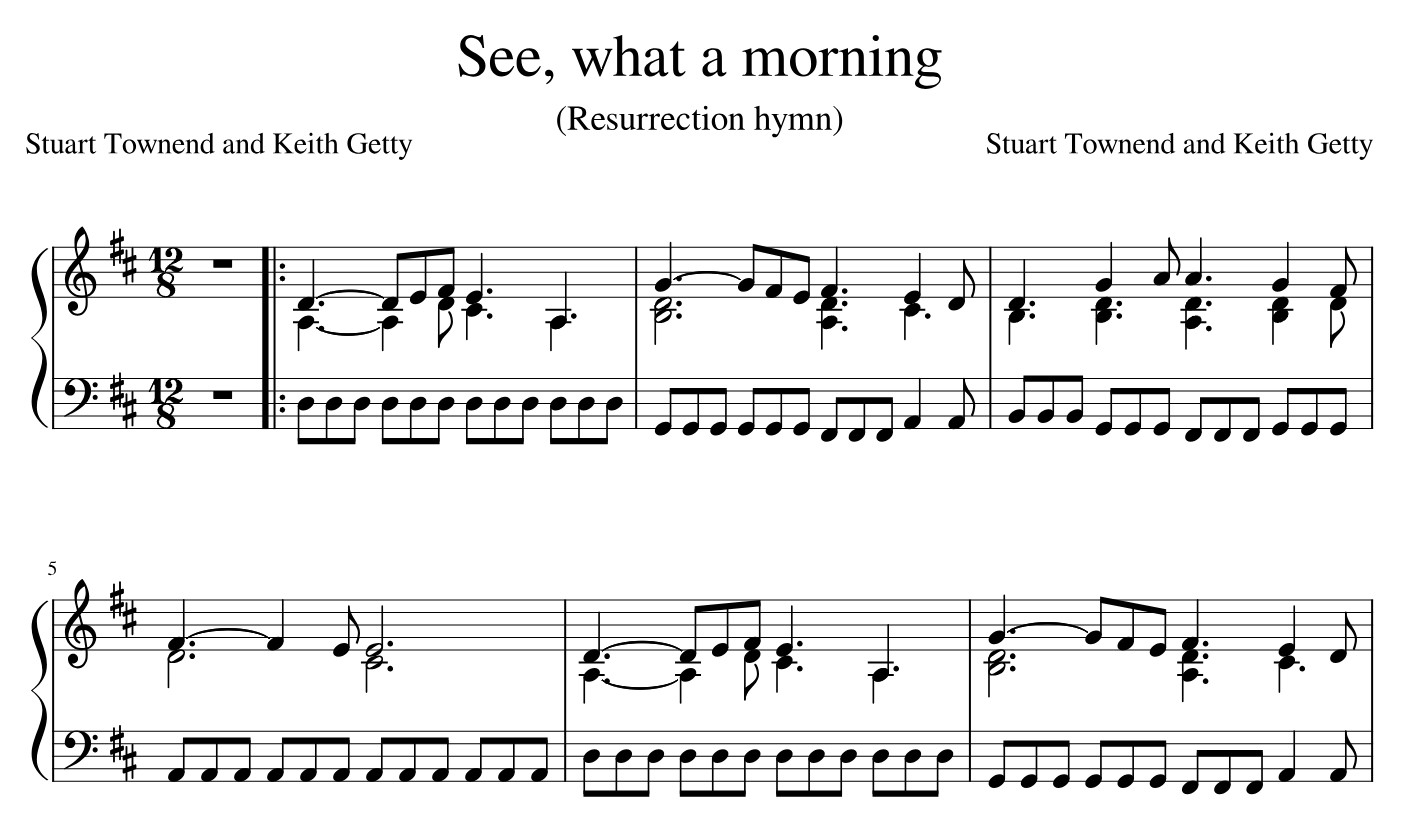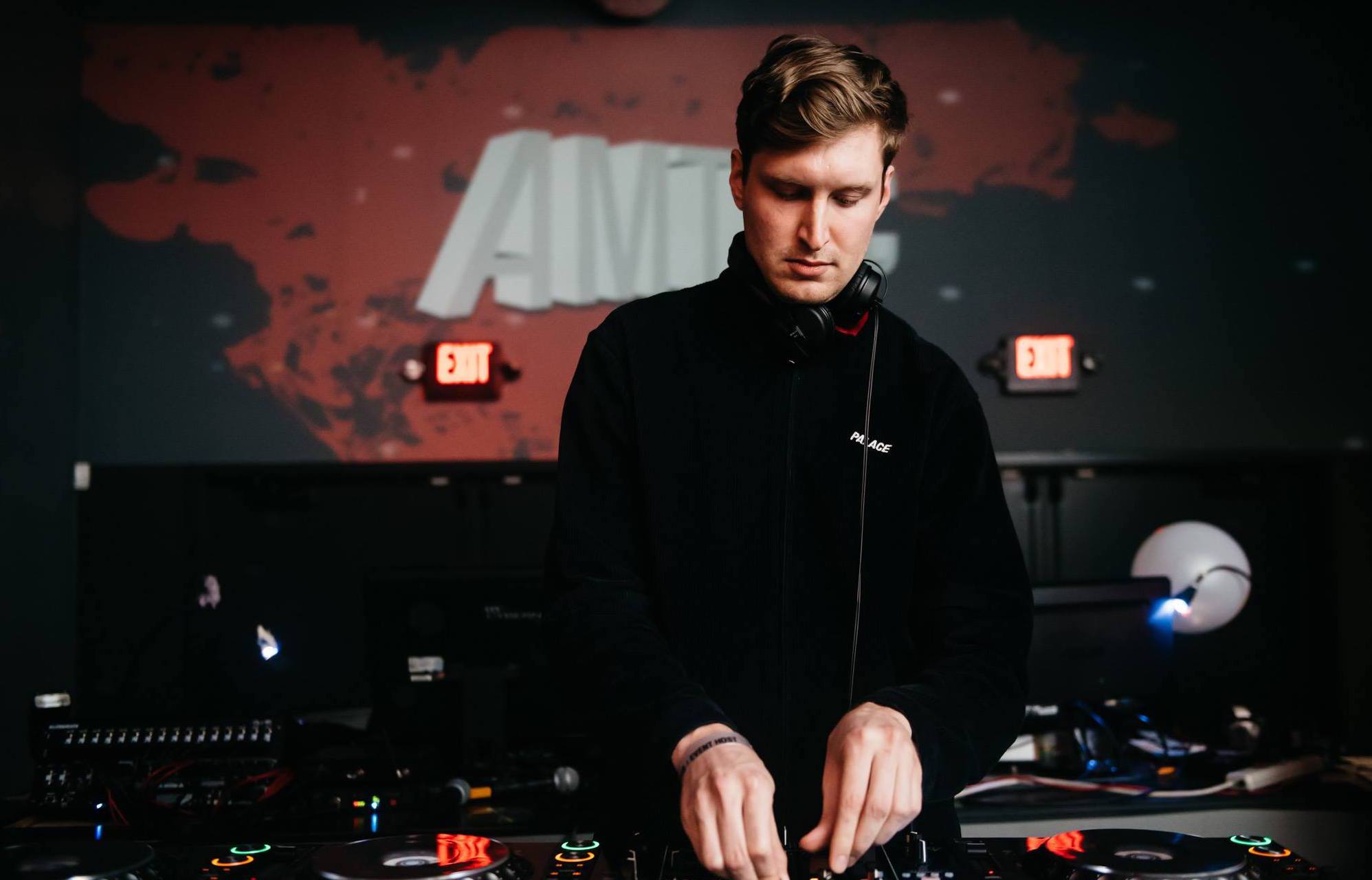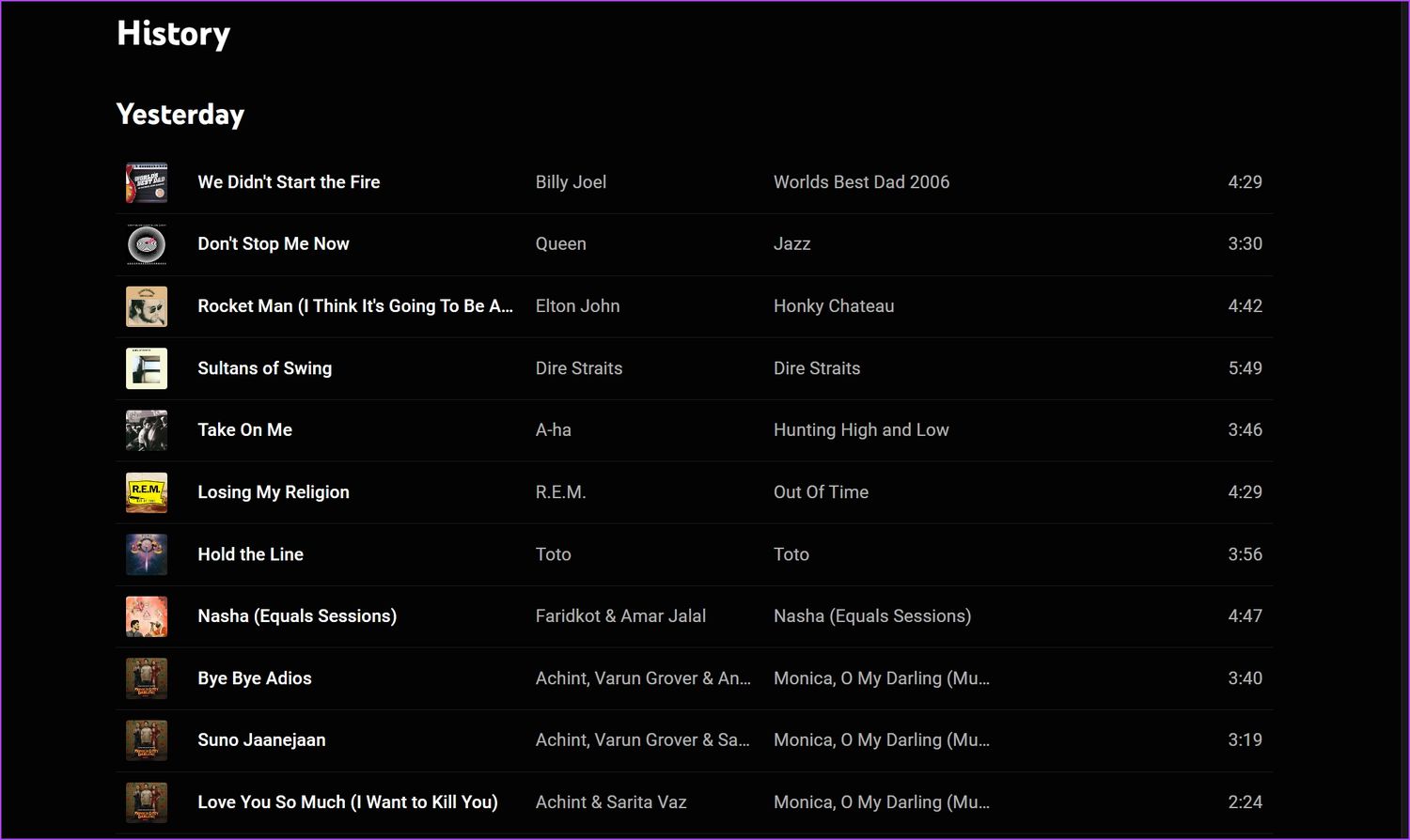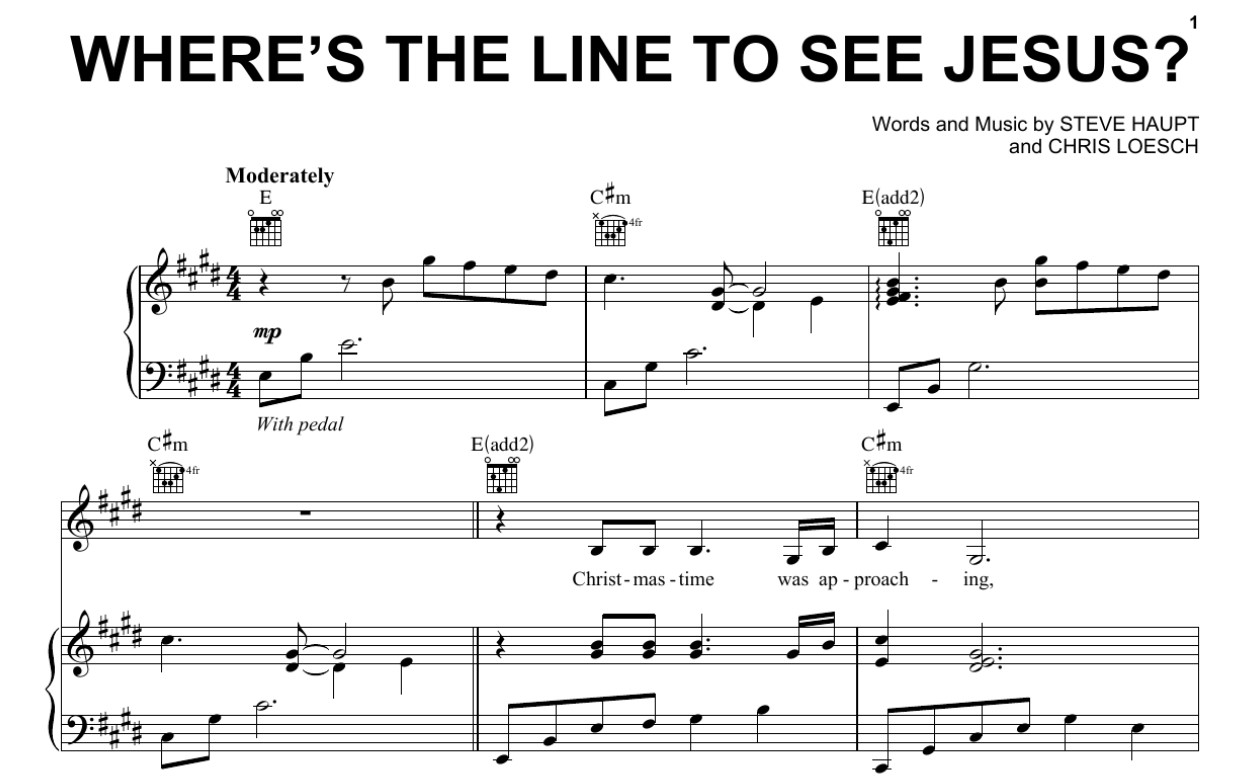Home>Production & Technology>Musician>When A Musician Is Able To See Music In Various Colors It Is Known As
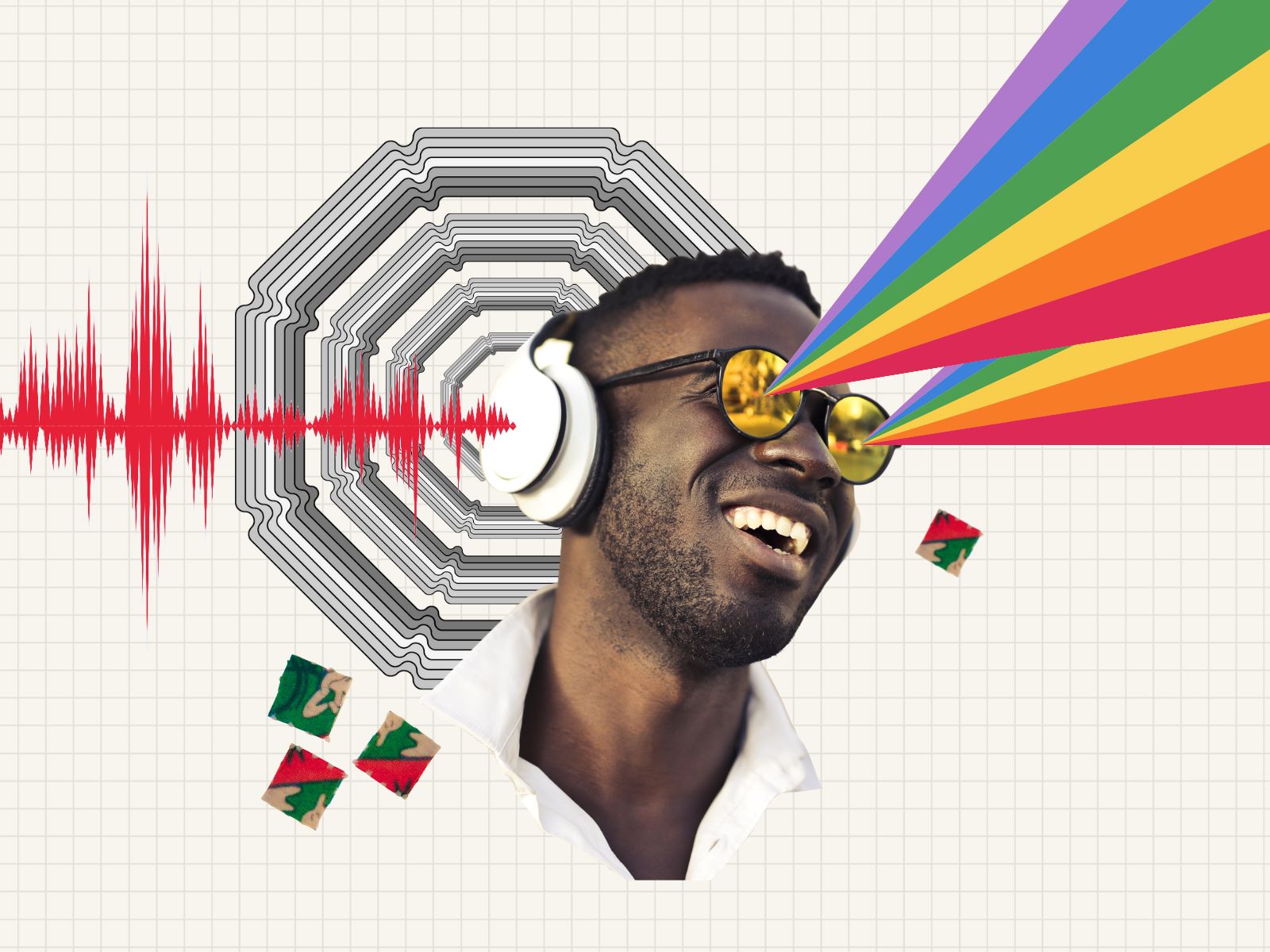

Musician
When A Musician Is Able To See Music In Various Colors It Is Known As
Published: January 29, 2024
Discover the fascinating world of synesthesia in music, where a musician experiences vibrant colors while playing. Explore the extraordinary ability of a musician to see music in various colors.
(Many of the links in this article redirect to a specific reviewed product. Your purchase of these products through affiliate links helps to generate commission for AudioLover.com, at no extra cost. Learn more)
Table of Contents
Introduction
Music has the extraordinary ability to evoke emotions, transport us to different places, and stimulate our senses. For most people, the experience of music is auditory, but for a select few, it extends beyond the realm of sound. Imagine being able to see music in vibrant, vivid colors, where each musical note is accompanied by a distinct hue. This rare phenomenon is known as music-color synesthesia.
Synesthesia is a neurological condition where individuals involuntarily perceive stimuli in a way that may seem unusual to others. In the case of music-color synesthesia, the brain’s sensory pathways responsible for processing music and colors become intertwined, resulting in a unique perceptual experience.
While it may seem like a concept straight out of a surreal painting, music-color synesthesia is a genuine phenomenon experienced by an estimated 1 in 3,000 people. These individuals, often referred to as synesthetes, have the remarkable ability to “see” music as a rich tapestry of colors, which adds an extra layer of depth and complexity to their musical encounters.
The synesthetic experience can vary greatly from person to person, with some seeing simple flashes or dashes of color, while others experience intricate and elaborate patterns that correspond to different musical elements. This captivating and synesthetic journey through music opens up a world of possibilities for artistic expression and auditory exploration.
In this article, we will delve into the fascinating world of music-color synesthesia, exploring its types, how it works, and the notable musicians who have embraced their synesthetic experiences. We will also examine the intriguing relationship between music and color, and the potential benefits and challenges associated with this unique perceptual phenomenon.
What is Synesthesia?
Synesthesia is a fascinating neurological condition in which the senses become intertwined, leading to unconventional sensory experiences. It is derived from the Greek words “syn,” meaning “together,” and “aisthesis,” meaning “sensation.” In synesthetes, the stimulation of one sensory pathway involuntarily triggers the stimulation of another, resulting in a fusion of sensory perceptions.
While there are many different types of synesthesia, music-color synesthesia is one of the most intriguing and well-known. This particular type of synesthesia manifests as a visual association with music, where sounds automatically evoke specific colors or patterns in the mind’s eye of the synesthete.
It is important to note that synesthesia is not a disorder or a conscious choice but rather a unique wiring of the brain. It is estimated that only about 4% of the population possesses some form of synesthesia, with music-color synesthesia being relatively rare.
Although synesthesia has been recognized since the late 19th century, it is still a subject of fascination and study for researchers in fields such as neuroscience, psychology, and music cognition. The condition provides valuable insights into the complexities of human perception and the intricate connections between different areas of the brain.
Understanding synesthesia requires acknowledging that the experiences of synesthetes are highly subjective, with each individual having their own distinct synesthetic associations. This makes it a deeply personal and individualized phenomenon, adding a layer of richness and complexity to the perception of the world.
While some synesthetes experience music-color synesthesia, others may have synesthetic associations with letters, numbers, or even tastes and textures. The diversity of synesthetic experiences highlights the intriguing variations in the way our brains process and interpret sensory information.
Overall, synesthesia is a captivating and mysterious condition that offers glimpses into the remarkable intricacies of the human brain. Through the lens of music-color synesthesia, we can explore the fascinating relationship between music and color, unlocking new dimensions of sensory perception and artistic expression.
Understanding Music-Color Synesthesia
Music-color synesthesia, also known as chromesthesia, is a type of synesthesia in which musical sounds or notes are associated with specific colors, resulting in a vivid sensory experience that combines the auditory and visual realms. For those with music-color synesthesia, every musical note or chord elicits a corresponding color, creating a multisensory perception of sound.
The experience of music-color synesthesia can vary widely between individuals. Some synesthetes may see colors as a cloud-like overlay on top of the musical stimuli, while others may perceive vibrant streams of color flowing in sync with the music. The colors experienced can be consistent or dynamic, changing in response to the nuances of the music.
Interestingly, the synesthetic associations can extend beyond colors. Some individuals with music-color synesthesia may also associate shapes, textures, or even temperatures with specific musical elements. For example, a synesthete might perceive a high-pitched violin note as a thin, shimmering line of light blue, while a deep bass note may appear as a solid, vibrating red rectangle.
This unique perceptual phenomenon can have a profound impact on how synesthetes experience and relate to music. It adds an additional layer of depth and complexity to their musical encounters, making the auditory experience more vibrant, engaging, and multisensory.
In terms of the underlying mechanisms of music-color synesthesia, researchers believe that it is related to the cross-activation of neural pathways in the brain. The areas responsible for processing music and colors are thought to become connected, resulting in the simultaneous activation of both regions when synesthetes listen to music.
The synesthetic associations between music and colors are often consistent and persistent throughout a person’s life, although they may change or evolve over time. Many synesthetes report having these associations since childhood, often unaware that their perceptions are unique until later in life when they discover that others do not experience the same sensory blending.
While the exact cause of music-color synesthesia remains uncertain, some studies suggest that it may have a genetic basis, as it is known to run in families. Other research points to the possibility of environmental influences during early brain development playing a role in the development of synesthesia.
Overall, music-color synesthesia offers a fascinating glimpse into the intricate connections and sensory crossroads within the brain. It showcases the remarkable diversity of human perception and provides a unique window into the relationship between music and color.
Types of Music-Color Synesthesia
Music-color synesthesia is a complex phenomenon that manifests in various ways, resulting in different types of synesthetic experiences. While each individual’s synesthetic associations are unique, researchers have identified some common patterns and categorizations within music-color synesthesia. Here are a few types:
- Associative Synesthesia: In associative synesthesia, individuals mentally associate specific colors with certain musical notes or sounds. For example, someone with associative synesthesia may always perceive a C note as red, regardless of the musical context.
- Projective Synesthesia: Projective synesthesia takes the associations a step further. Synesthetes with projective synesthesia experience a visual projection of colors onto the external world when they hear music. They might see colors emanating from instruments or dancing in the air.
- Sequencer Synesthesia: Sequencer synesthesia involves perceiving colors in sequences or patterns corresponding to musical elements such as melodies, harmonies, or rhythms. Each musical component evokes a different color, resulting in a dynamic, kaleidoscopic visualization of the music.
- Timbre-Tone Synesthesia: Timbre-tone synesthesia is focused on the particular characteristics of sounds and their related colors. Different timbres, such as the sound of a trumpet versus a piano, may be associated with distinct colors.
- Emotion-Based Synesthesia: In emotion-based synesthesia, the colors associated with music are influenced by the emotional content of the piece. For example, a melancholic song may trigger darker, cooler colors, while a joyful tune may elicit brighter, warmer hues.
It’s important to note that these types of music-color synesthesia are not mutually exclusive, and many synesthetes may experience a combination of these manifestations. Each type provides a unique lens through which synesthetes perceive and interpret music, adding an extra layer of richness and complexity to their musical experiences.
Additionally, while music-color synesthesia is the most common form of synesthesia related to music, there are other types of synesthesia that involve additional sensory perceptions. Some individuals may experience music-taste synesthesia, where certain sounds evoke specific tastes, or music-texture synesthesia, where music is associated with various textures.
As with any form of synesthesia, the experiences and associations are highly subjective and personal to each individual. The diversity of types within music-color synesthesia highlights the incredible variety of ways in which the brain can blend and merge sensory perceptions, allowing us to appreciate the boundless complexity of human perception.
How Music-Color Synesthesia Works
The exact mechanisms behind music-color synesthesia are still not fully understood, but researchers have proposed several theories to explain how this intriguing phenomenon occurs.
One prevailing theory suggests that in individuals with music-color synesthesia, there is a hyperconnectivity between different regions of the brain. Specifically, the auditory processing centers and the areas responsible for color processing exhibit heightened connectivity, leading to the cross-activation of sensory pathways.
When synesthetes listen to music, the auditory signals are processed in the typical way, but they also trigger additional activity in the visual cortex, causing a simultaneous perception of both sound and color. This fusion of sensory information creates a multisensory experience, where music is perceived as a visual and auditory tapestry.
Another theory suggests that music-color synesthesia could be a result of enhanced neural plasticity. Neural plasticity refers to the brain’s ability to reorganize and form new connections based on experiences and stimuli. In individuals with synesthesia, it is possible that the neural connections related to music and color processing undergo heightened plasticity, leading to the merging of these sensory domains.
Some studies have also explored the potential genetic basis of music-color synesthesia. Certain genetic variations, such as those in the genes associated with neural connectivity and sensory processing, may predispose individuals to developing synesthetic experiences. However, more research is needed to fully understand the genetic aspects of synesthesia.
Interestingly, music-color synesthesia can also be influenced by contextual factors and personal experiences. Cultural backgrounds, musical training, and exposure to specific musical genres can shape the synesthetic associations. For example, someone who grew up listening to classical music may have different color associations compared to someone whose exposure to music is primarily through jazz or rock.
It is also worth noting that not all synesthetes experience the same intensity or consistency in their synesthetic associations. Some may have stronger and more vivid experiences, while others may have milder or fluctuating synesthetic perceptions. The variations in synesthetic experiences highlight the uniqueness of each individual’s brain wiring and the intricate interplay of genetic, environmental, and cognitive factors.
Overall, music-color synesthesia provides a captivating window into the complex workings of the brain. While the precise mechanisms are still being unraveled, it is clear that this condition offers a remarkable blending of sensory perception, allowing us to explore the interconnectedness of sound and color in a truly extraordinary way.
Famous Musicians with Music-Color Synesthesia
Music-color synesthesia is not limited to everyday individuals – several famous musicians throughout history have reported experiencing this extraordinary phenomenon in their creative process. These musicians have provided valuable insights into how synesthesia can influence their compositions and performances. Here are a few notable examples:
- Olivier Messiaen: Renowned 20th-century composer Olivier Messiaen was known for his vibrant and innovative compositions. He was a synesthete who experienced colors and shapes when hearing music. Messiaen often used his synesthetic experiences as inspiration, incorporating the vivid imagery in his compositions.
- Pharrell Williams: The Grammy-winning artist Pharrell Williams has revealed that he experiences music-color synesthesia. In interviews, he has described his synesthetic experiences, with certain keys and chords evoking specific colors and visual imagery in his mind. Williams has used his synesthesia as a tool to enhance his creativity and create unique musical arrangements.
- Lorde: New Zealand singer-songwriter Lorde has spoken openly about her synesthetic experiences. She associates different musical elements with specific colors, such as low frequencies being brown and high frequencies being bright yellow. Lorde has mentioned that her synesthesia influences her songwriting process and how she arranges her music.
- Billy Joel: Iconic musician Billy Joel has mentioned his synesthesia in interviews. He sees various colors and shapes when he hears music, often describing specific keys and chords as having distinct visual qualities. Joel credits his synesthesia as a contributing factor to his ability to create emotionally resonant compositions.
- Duke Ellington: Jazz legend Duke Ellington was believed to have experienced music-color synesthesia. He often described his compositions in terms of colors and visual imagery, helping to shape the expressive and colorful nature of his music. Ellington’s synesthesia added a unique dimension to his compositions, making him one of the most influential jazz musicians of all time.
These examples illustrate how music-color synesthesia can influence the creative process and artistic output of musicians. Synesthetes like Olivier Messiaen, Pharrell Williams, Lorde, Billy Joel, and Duke Ellington have used their synesthetic experiences as a source of inspiration, infusing their music with a visual and emotional depth that resonates with listeners.
It’s important to note that while some famous musicians openly discuss their synesthesia, there are likely numerous others who have experienced music-color synesthesia but have not publicly spoken about it. These musicians demonstrate the diverse ways in which synesthesia can shape and enhance the musical landscape, resulting in unique and unforgettable compositions.
Exploring the Relationship between Music and Color
Music and color are two distinct sensory experiences, yet music-color synesthesia reveals a fascinating connection between these seemingly unrelated realms. The synesthetic experience allows us to explore the intricate relationship between music and color, unraveling the potential correlations and shared emotional impact.
One intriguing aspect of music-color synesthesia is the consistency in the color associations across different synesthetes. For example, many synesthetes may perceive a C note as red or a G note as green. This suggests the existence of underlying patterns and potential cross-modal correspondences between musical tones and colors.
Some researchers hypothesize that the connection between music and color may stem from shared emotional qualities. Both music and color have the ability to evoke specific emotions, and it is possible that the synesthetic associations between the two arise from the overlapping emotional responses they elicit. For example, a vibrant, uplifting melody may be associated with bright and warm colors, while a melancholic piece may evoke cooler and muted hues.
Additionally, the structural elements of music, such as pitch, rhythm, and timbre, can be linked to visual characteristics. High-pitched sounds may be associated with lighter colors, while low-pitched sounds may correspond to darker shades. Fast-paced rhythms may evoke more dynamic and rapidly changing visual patterns, while slower tempos may generate more static and stable visual representations.
It is important to note that the subjective nature of music-color synesthesia means that the associations can vary among synesthetes. Different musical styles, cultural backgrounds, and personal experiences can influence the specific color associations. This diversity highlights the complex intertwining of individual perceptions, cultural influences, and the nuances of synesthetic experiences.
Exploring the relationship between music and color extends beyond synesthesia and showcases the powerful influence of color in music appreciation or composition. Composers and visual artists often use color symbolism in musical pieces to amplify the emotional impact or create a specific atmosphere. In visual representations of music, such as album covers or music videos, color choices play a crucial role in conveying the intended message or aesthetic of the music.
Moreover, the connection between music and color has also been explored in therapeutic contexts. Color therapy, or chromotherapy, is a complementary healing technique that utilizes specific colors to promote balance and well-being. Music combined with color therapy can create a multisensory experience, harnessing the potential synergies and therapeutic benefits of both modalities.
In summary, music-color synesthesia offers a unique lens through which we can explore the relationship between music and color. The consistent associations and potential emotional correlations provide intriguing insights into the overlapping sensory experiences and the deep interplay between auditory and visual perception. It is a testament to the boundless complexity of human perception and the infinite possibilities that arise when different senses converge in harmony.
Benefits and Challenges of Music-Color Synesthesia
Music-color synesthesia presents both benefits and challenges to those who experience this unique perceptual phenomenon. While synesthetes often find joy and inspiration in their synesthetic associations, there are also potential hurdles that come with this extraordinary sensory blending.
One of the major benefits of music-color synesthesia is the enhanced aesthetic experience it provides. Synesthetes are able to perceive music in a multisensory manner, adding an additional layer of depth, richness, and emotional resonance to their musical encounters. The fusion of colors and sounds can intensify the emotional impact of music, making it a more immersive and vivid experience.
Music-color synesthesia can also offer a creative advantage to synesthetes who are musicians or composers. The visual imagery and colored associations can inspire innovative musical arrangements, compositions, and artistic approaches. By incorporating their synesthetic experiences, musicians can create unique and compelling works that resonate deeply with listeners.
Furthermore, music-color synesthesia can foster a deeper connection to music on a personal level. The synesthetic associations become part of the individual’s musical identity, allowing them to form a profound and intimate relationship with the sounds and colors they perceive. This connection can enhance their appreciation and understanding of music, leading to a heightened sense of musicality and emotional engagement.
However, music-color synesthesia does come with its own set of challenges. The overwhelming nature of the synesthetic experience can sometimes be distracting or overwhelming, making it difficult for synesthetes to fully focus on the music itself. The constant presence of vibrant colors and visual imagery can detract from the pure auditory experience and make it challenging to analyze or objectively evaluate musical elements.
Additionally, the consistency and persistence of synesthetic associations can result in certain limitations. Synesthetes may find it challenging to listen to music that conflicts with their established color associations. For example, if a synesthete consistently associates a certain note with a specific color, hearing that note played in a different musical context may create cognitive dissonance and disrupt the synesthetic experience.
It’s worth noting that despite the creative advantages of music-color synesthesia, there can also be expectations or pressures associated with producing music that lives up to the synesthetic experience. Synesthetes may feel pressured to create compositions that accurately translate their synesthetic perceptions, which can be both inspiring and challenging at the same time.
Overall, the benefits of music-color synesthesia lie in the enriched aesthetic experience, enhanced creativity, and deepened personal connection to music. However, there are potential challenges in terms of distraction, limitations, and the pressure to create music that aligns with the synesthetic associations. Understanding and navigating these nuances can help synesthetes fully embrace and harness the unique gifts of music-color synesthesia.
Conclusion
Music-color synesthesia offers a captivating window into the fascinating world of sensory perception. The ability to see music in vibrant colors unveils the intricate connections between auditory and visual experiences, highlighting the boundless complexity of our brain’s processing capabilities.
In this article, we have explored the various facets of music-color synesthesia, from its definition and types to how it works in the brain. We have also examined the experiences of famous musicians who have embraced their synesthesia, leveraging it to enhance their creativity and unique artistic expressions.
Through music-color synesthesia, individuals have the privilege of perceiving music in a multisensory manner, transforming the way they experience and engage with sound. The synesthetic associations, whether consistent or evolving, add an extra layer of depth and emotional resonance to their musical encounters.
While music-color synesthesia brings immense aesthetic pleasure and creative inspiration, it also presents challenges in terms of focus, limitations, and artistic expectations. Navigating these challenges requires self-awareness and an understanding of how synesthesia uniquely shapes one’s perception and relationship with music.
The exploration of the relationship between music and color offers valuable insights into the interconnected nature of our senses. It opens up possibilities for further research and encourages a deeper appreciation of the profound impact that music and color can have on our emotional, cognitive, and creative experiences.
Ultimately, music-color synesthesia illuminates the magic and complexity of human perception. It invites us to embrace the richness of our sensory experiences and marvel at the infinite ways in which our brains interpret and intertwine the world around us.
As we continue to unravel the mysteries of synesthesia, we gain a deeper appreciation for the remarkable diversity of human perception and the powerful interplay of the senses. Music-color synesthesia serves as a reminder of the incredible richness and beauty that can be found in the blending of our sensory worlds.




